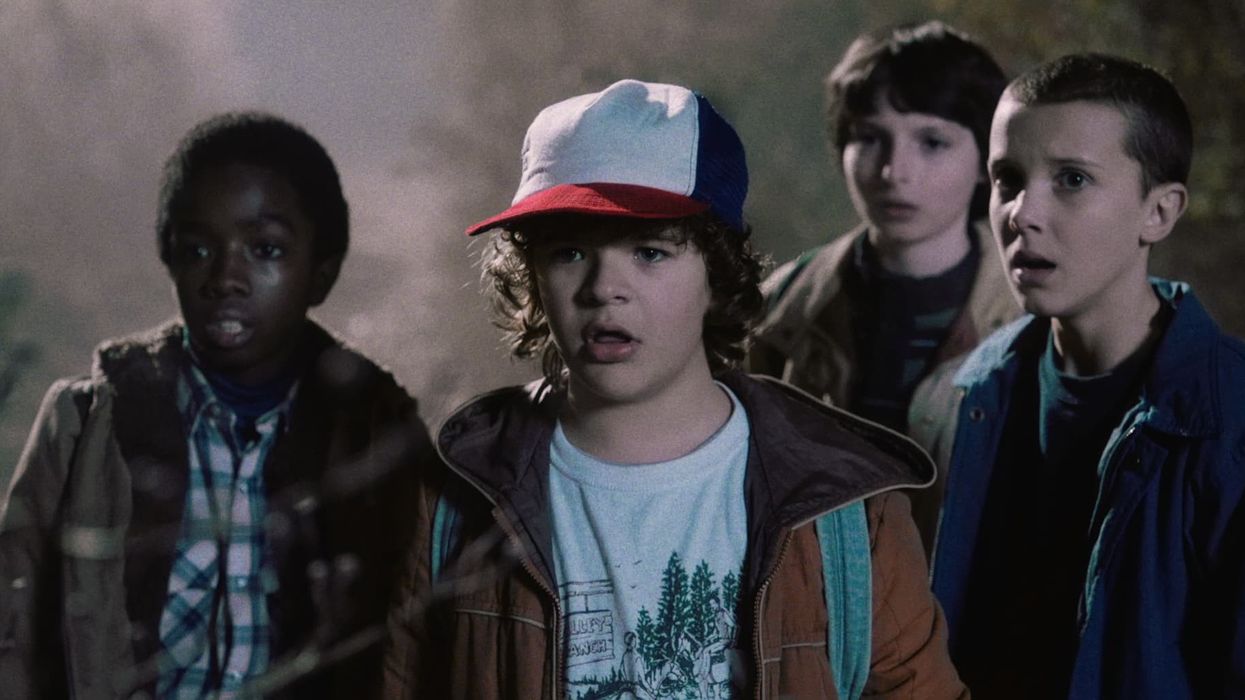Watch: Learn the Technique ‘Stranger Things’ Uses to Make Us Love its Characters As Soon As We Meet Them
From a diner break-in to a bathroom make-out scene, The Duffer Brothers utilize telling introductions to show us who the characters of 'Stranger Things' are.

With a runaway hit TV show, there is always going to be an outspoken minority that repeatedly lobs out the “overrated” insult, but when it comes to Stranger Thingseven that minority avoided targeting their hate at the show's leading characters. Right from the onset, Stranger Things does an incredible job of establishing its core cast, even with the challenge of possessing a double-digit roster of key players. Fortunately, the Duffer Brothers know how to leave a good first impression, much like one of the show's greatest inspirations: Steven Spielberg.
By placing your characters into a sequence of conflicts with each other, we can see each of their unique perspectives bouncing off of each other.
In his video essay below, Karsten Runquist explains how the Duffer Brothers crafted a set of characters who we know extremely well by the end of the first season (and in only eight episodes), thanks in large part to the way in which we first see these characters on-screen. Runquist titles this method the “character bounce” effect, a strategy that immediately drops the characters into conflict and allows audiences to quickly learn their most salient beliefs and traits.
How does character bounce work?
By placing your characters into a sequence of conflicts with each other, we can see each of their unique beliefs and perspectives bouncing off of each other. Using the opening scene of Mike, Lucas, Dustin and Will playing D&D, Runquist illustrates how the character bounce effect can be utilized to show us who these people are right from the get-go. Mike creates the conflict, Dustin acts as a source of comedic relief, Lucas is the constant contrarian, and Will is entirely dependent on the other kids to tell him what to do and how to react. By starting the kids off in what quickly becomes a heated discussion, we’re able to see who each of them are at their cores. The groundwork laid in this introductory scene is highly representative of how the characters will behave throughout the show and what roles they will play in the plot.
Runquist runs through the rest of the significant characters, from Hopper, to Barb and Nancy, highlighting how everyone has someone or something bounce to bounce off of and reveal themselves. It’s not a storytelling method that’s unique to the world of Stranger Things' but the show’s fantastic execution of the character bounce effect is a large reason why it has become so popular. Aspiring screenwriters should take note of the method, making sure the audience's first meeting with your characters isn't passive and flimsy. That initial burst of conflict can help bring an instant rush of energy to a script and allows multiple characters to distinguish themselves via differing perspectives.
What are your favorite character introductions? Do they use the character bounce effect? Let us know in the comments.
Source: Karsten Runquist











